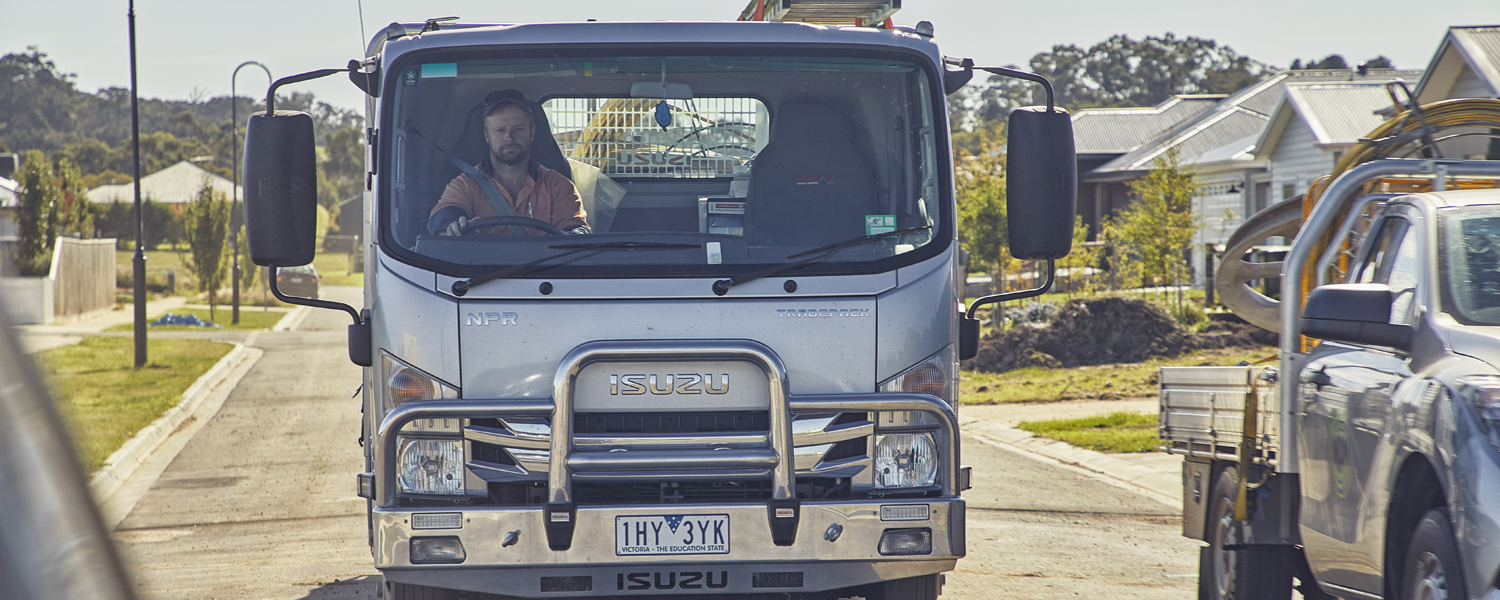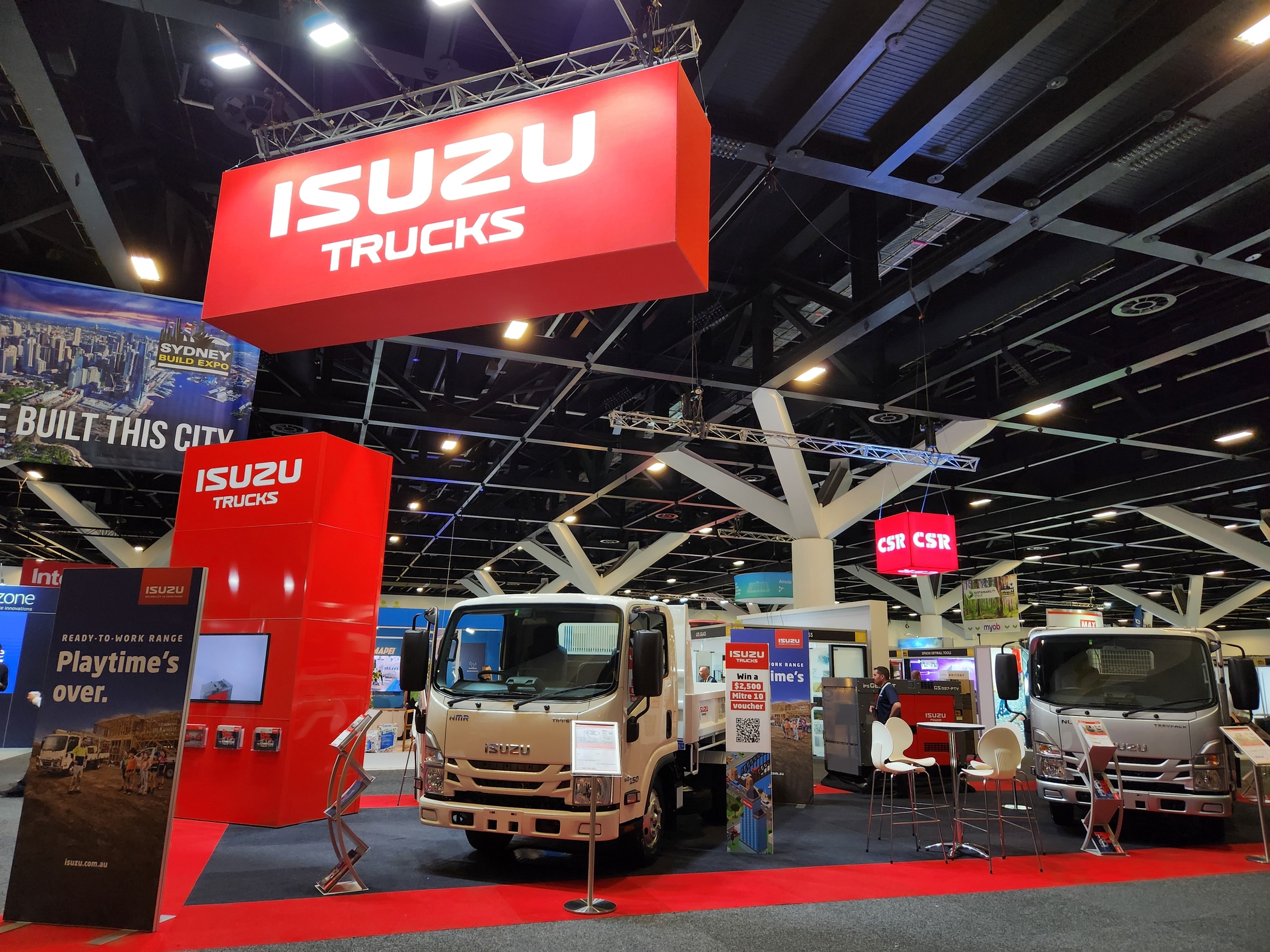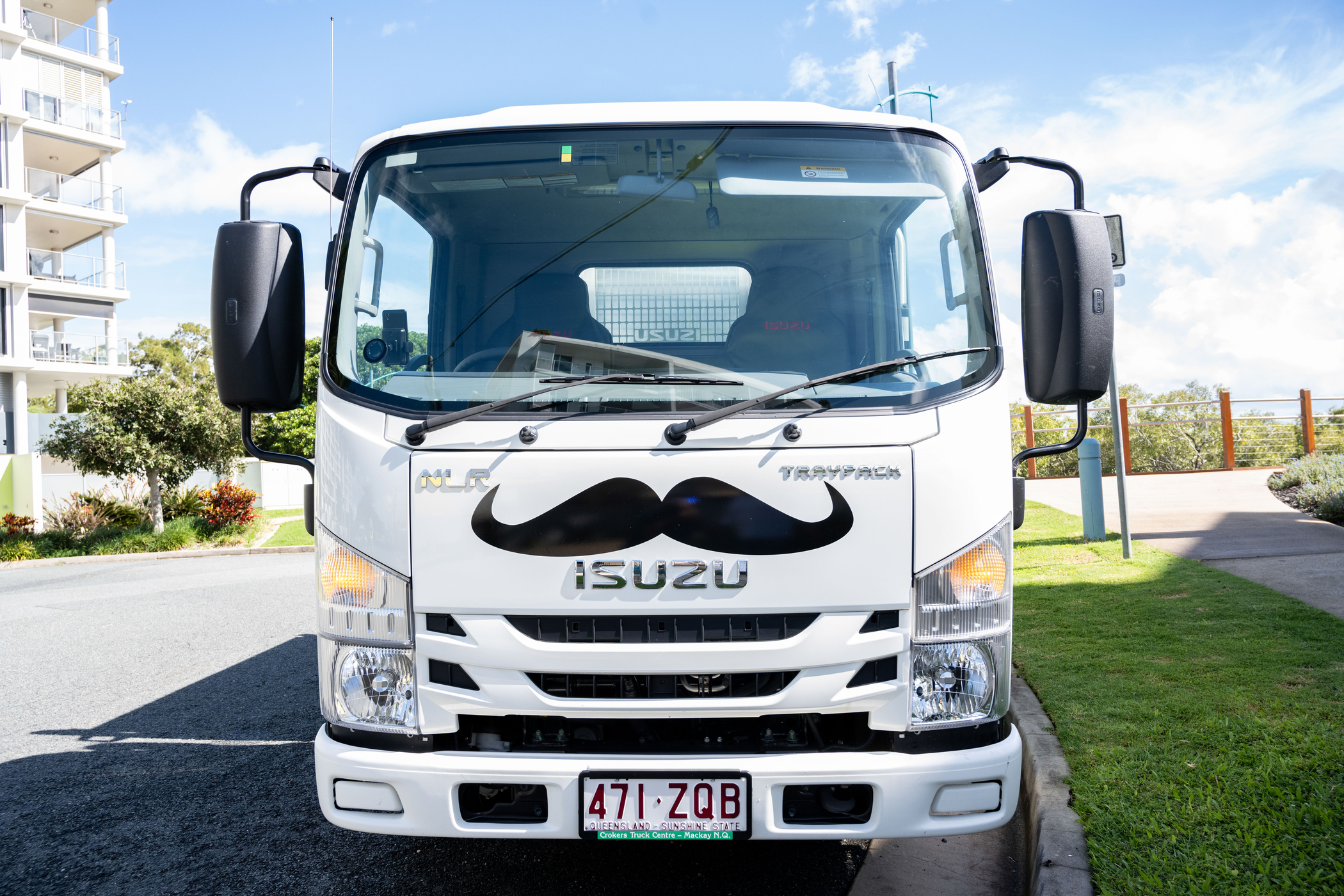NEW BATCH: HOW THE TRUCKING INDUSTRY IS ATTRACTING NEW DRIVERS

Though there is a shortage of truck drivers predicted for the near future, many in the industry are seeing this as an opportunity, rather than a problem.
Attracting our youth into truck driving has long been the industry’s core focus, so this situation offers a great chance for the transport industry to diversify its driver workforce. There are some exciting plans emerging to attract new drivers, and if you’re already a truckie, you might enjoy some of the possible solutions being tabled too.The cash question
According to Hay Logistics, transport operators both large and small are raising wages in a bid to recruit new drivers and keep the ones they have. Over 70 per cent of Australian transport and distribution employers have indicated they intend to give their employees a pay rise at their next performance review. It’s no secret the road freight task is set to double by 2030, and if increased demand creates greater profits for transport operators, this could result in wage increases over the next few years.More money, more incentive
Raising driver salaries could have a significant effect on labour shortages by encouraging drivers to consider the road transport industry in the first place. Greater remuneration naturally leads to a greater incentive for drivers to up-skill and gain a secure foothold in the industry too. The issue of driver shortages is not just an Australian problem either and is leading to some artful tactics in the United States, with some larger fleets trying to entice experienced truckies away from their smaller rivals with generous sign-up bonuses.Insurance assurance
One of the major complaints among young truck drivers is that very few small fleet owners are willing to employ them because of their lack of experience. This is largely due to the insurance and training costs as well as the regulation involved in employing inexperienced drivers. Insuring trucks is a major expense for fleets and young truck drivers simply cost more to insure than experienced drivers, so small fleets will often preference older drivers. Some insurance policies restrict fleets from hiring inexperienced drivers entirely (e.g. licences unobtainable for B-Double drivers under 25 years of age). But while young drivers are thought to be more likely to be involved in a crash, National Transport Insurance (NTI) has found that there’s no evidence that hiring drivers under 25 increases a fleet’s risk of a major accident.Easy rider
Truck engineering is evolving as well. Manufacturers are adjusting their transmission offerings to suit a future where only 17 per cent of car licence tests will be sat in a manual vehicle, according to the Federal Chamber of Automotive Industries. Gone are the days of clutch pedals that took a small army to depress – modern truck gearboxes are smooth-shifting and increasingly designed for the stop-start nature of metro freight – all designed to lessen the physical strain on drivers.In the driver’s seat
Another clue that the trucking industry is trying to attract more drivers lies inside the cab. Driver-centric trucks are becoming more common as truck-makers seek to make a driver’s daily grind more enjoyable by introducing better safety and comfort. While some truckies may argue that a 10-hour driving stretch in a 1970s Bedford might help toughen up a few pampered youngsters, modern truck features like touchscreens, air-suspension seats, cruise control and satellite navigation are now broadly expected rather than being a ‘nice to have.’Powers that be
To attract new truckies, the Australian Trucking Association recently submitted a report to the National Heavy Vehicle Regulator, proposing legislative changes that could help attract new drivers. Suggestions included:- Increasing funding for cadetships and work placement programs;
- Providing more information about truck driving to job-search agencies; and
- Mandating that the government identify truckies as skilled employees.



Playtime’s over, get $3,500* to spend on extras.
If you’re ready to get serious about tackling bigger jobs, grab yourself an NLR 45-150 AMT SWB Traypack from the Ready-to-Work range for $62,990 drive away*. And to prove we aren’t playing, buy any NLR Traypack before June 30 and you’ll get $3,500* to spend on genuine accessories or an Essentials service agreement.
Learn more



